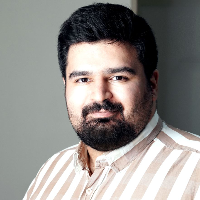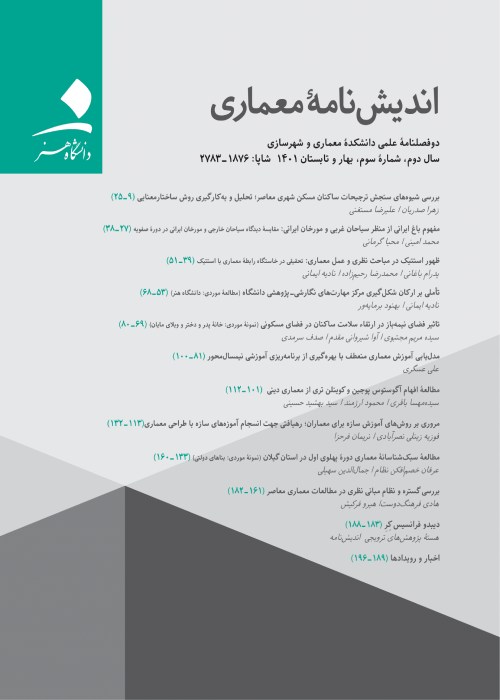Modeling Flexible Architecture Education Using Semester-Centered Educational Planning
Statement of the problem:
Academic architecture education follows high-level documents describing already-approved curricula. In view of the fact that the communicated structure allows for no mistakes, this issue requires repeated reviews and adaptation to educational and professional architecture conditions, which reveals the long-term developmental nature of learning architecture. However, the conduct of reviews is impossible due to the waste of time, unfolding new needs, and incessant introduction of technology and development.
Goal:
This study aims to reconstruct the existing model without dependence on time and content and identify the main variables affecting the challenge of ineffective architecture undergraduate curricula approved over the past four decades to provide a novel and dynamically generative model to respond to external changes and inherent reactions.
The present study makes use of a qualitative post-positivist approach and involves inductive and deductive reasoning to provide an idea. Here, because the test is time-consuming, the creativity of the proposed model is only evaluated in a futuristic construct mediated by causal reasoning.
Iran’s top universities enjoy a convergent system that aims to place students of all nationwide universities in a similar rationale consistent with the capacities and interests described by the undergraduate architecture course and provide similar outputs. However, top global universities use a divergent rationale to encourage students to incorporate their diverse differences and interests into their specific academic settings and develop their academic capacities.
The current architecture curricula model, which is dependent on the Higher Educational Planning Council and other central entities, is rigid and inflexible and lacks anticipated final results, given diverse learning settings and time changes. This issue can be resolved by changing institutionalized educational units from a transverse weekday context into a longitudinal context of educational semesters through changing already-defined curricula. The outcome provides more dynamic curricular management and restores and changes the curricula in various dimensions. The curricula are thus updated and adapted with the external factors and incorporate the greater interaction between education and industry, which has been a major long-term concern of the nation’s development in its weekly course definitions. In this way, not only is learning more in line with the profession but also the diversity of graduates in each city and university increases in proportion to the needs and talents of individuals.
-
Multivariate Analysis of Residential Preferences of Phase One Residents of Ekbatan Township in Relation to Contemporary Lifestyles
Razieh Fathi, *
ArchitecturalTechnologies Journal, -
Historical Analysis of the Northern Facade of Taleghani Street (From Palestine Square to Sepahbod Qarani Intersection)
Marzieh Akhtari, *
ArchitecturalTechnologies Journal,



